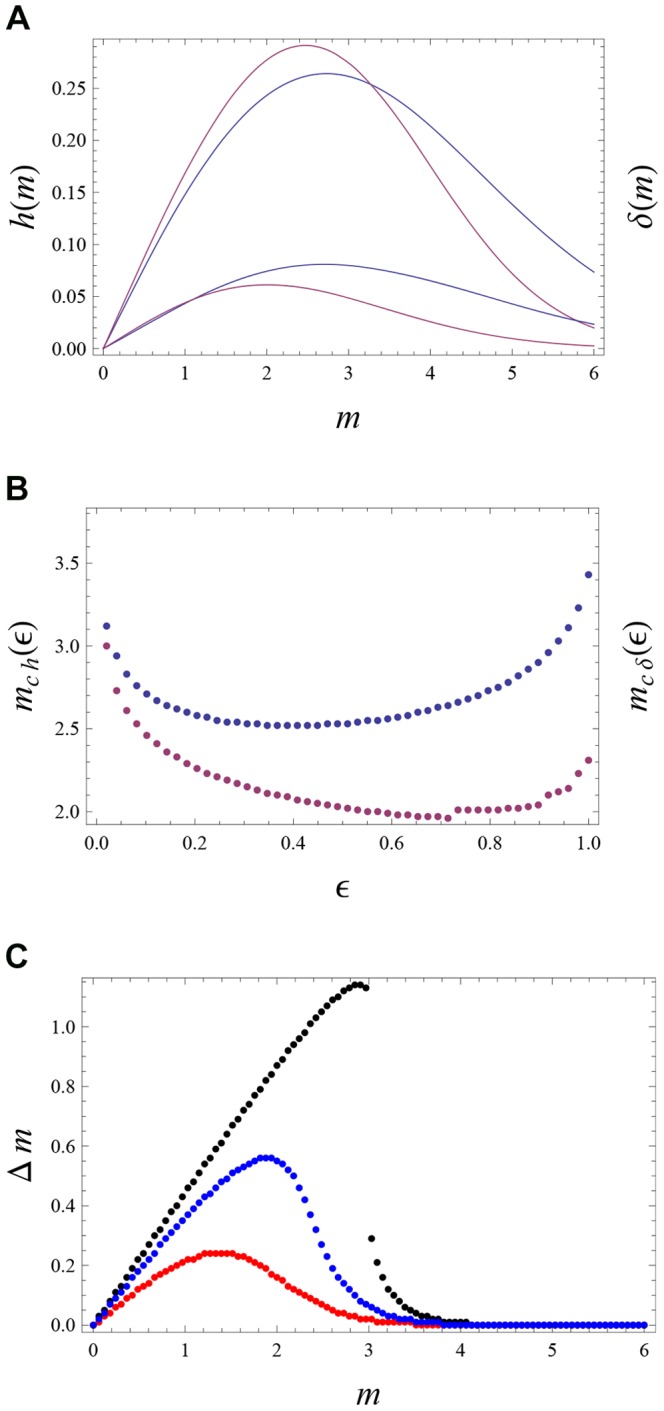Figure 3. Opinion change versus discrepancy.

(a) The opinion change is quantified via the Hellinger distance  between the old and new opinion of
between the old and new opinion of  (blue curves); see (30) for the definition. For comparison we also include the total variance distance
(blue curves); see (30) for the definition. For comparison we also include the total variance distance  (purple curves); see (33). These two distances are plotted versus the discrepancy
(purple curves); see (33). These two distances are plotted versus the discrepancy  . The initial opinion of the agent
. The initial opinion of the agent  is Gaussian with
is Gaussian with  and
and  ; see (17). The opinion of
; see (17). The opinion of  is Gaussian with
is Gaussian with  and
and  . Thus m quantifies the initial distance between the opinions of
. Thus m quantifies the initial distance between the opinions of  and
and  . The final opinion
. The final opinion  is given by (13). Different curves correspond to different
is given by (13). Different curves correspond to different  . Blue curves:
. Blue curves:  for
for  (upper curve) and
(upper curve) and  (lower curve). Purple curves:
(lower curve). Purple curves:  for
for  (upper curve) and
(upper curve) and  (lower curve). The maximum of h(m) (
(lower curve). The maximum of h(m) ( ) is reached at
) is reached at  (
( ). (b)
). (b)  (
( ) is the point where h(m) (
) is the point where h(m) ( ) achieves its maximum as a function of m. Blues points:
) achieves its maximum as a function of m. Blues points:  versus
versus  for same parameters as in (a).
for same parameters as in (a).  grows both for
grows both for  and
and  , e.g.
, e.g.  ,
,  ,
,  ,
,  . Purple points:
. Purple points:  versus
versus  for same parameters as in (a). (c) The difference of the anchors (maximally probable values)
for same parameters as in (a). (c) The difference of the anchors (maximally probable values)  versus
versus  for the initial opinions of
for the initial opinions of  and
and  given by (17) under
given by (17) under  ,
,  ,
,  and
and  . The final opinion
. The final opinion  of
of  (and its maximally probable value
(and its maximally probable value  ) if found from (13) under
) if found from (13) under  (black points),
(black points),  (blue points) and
(blue points) and  (red points).
(red points).
